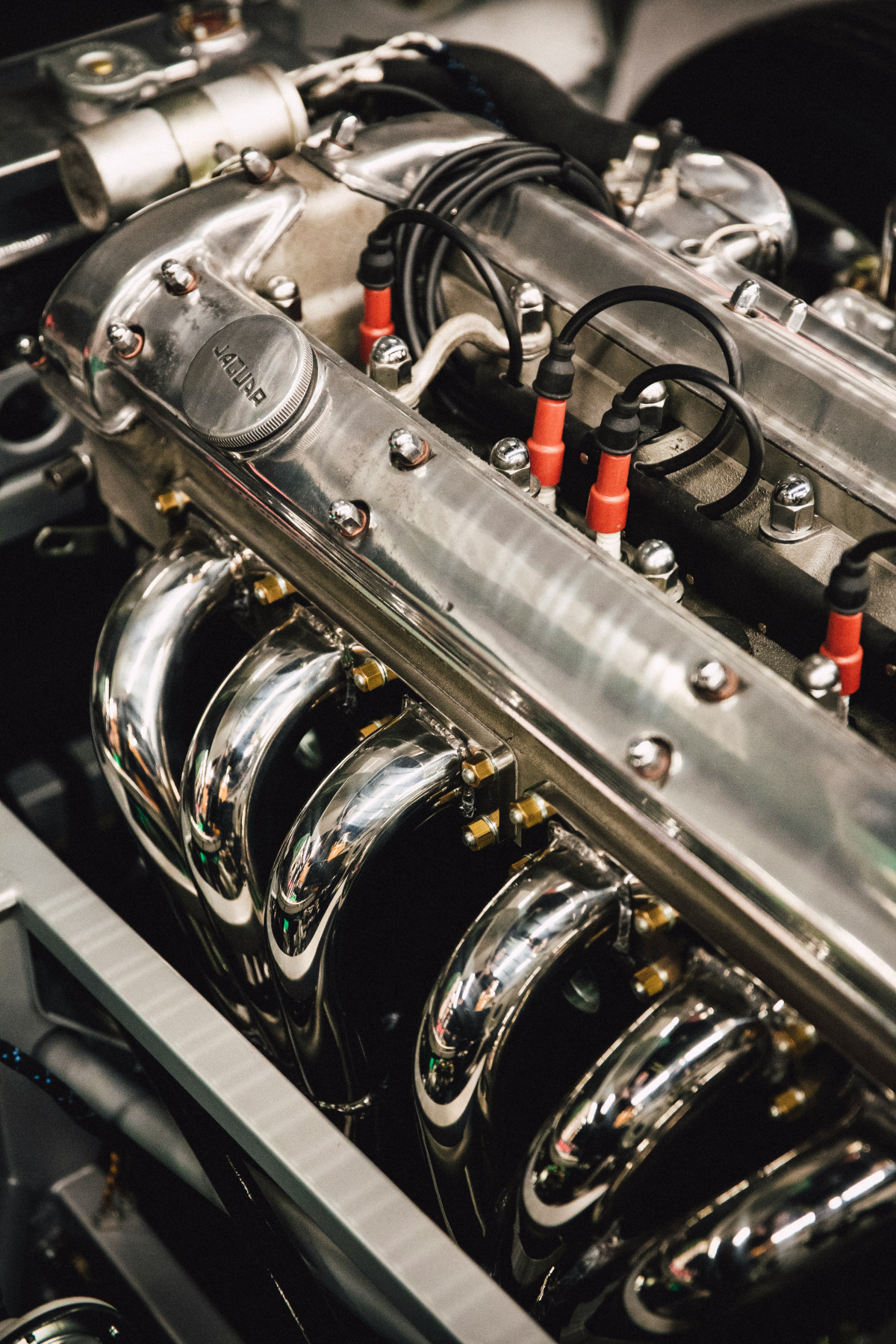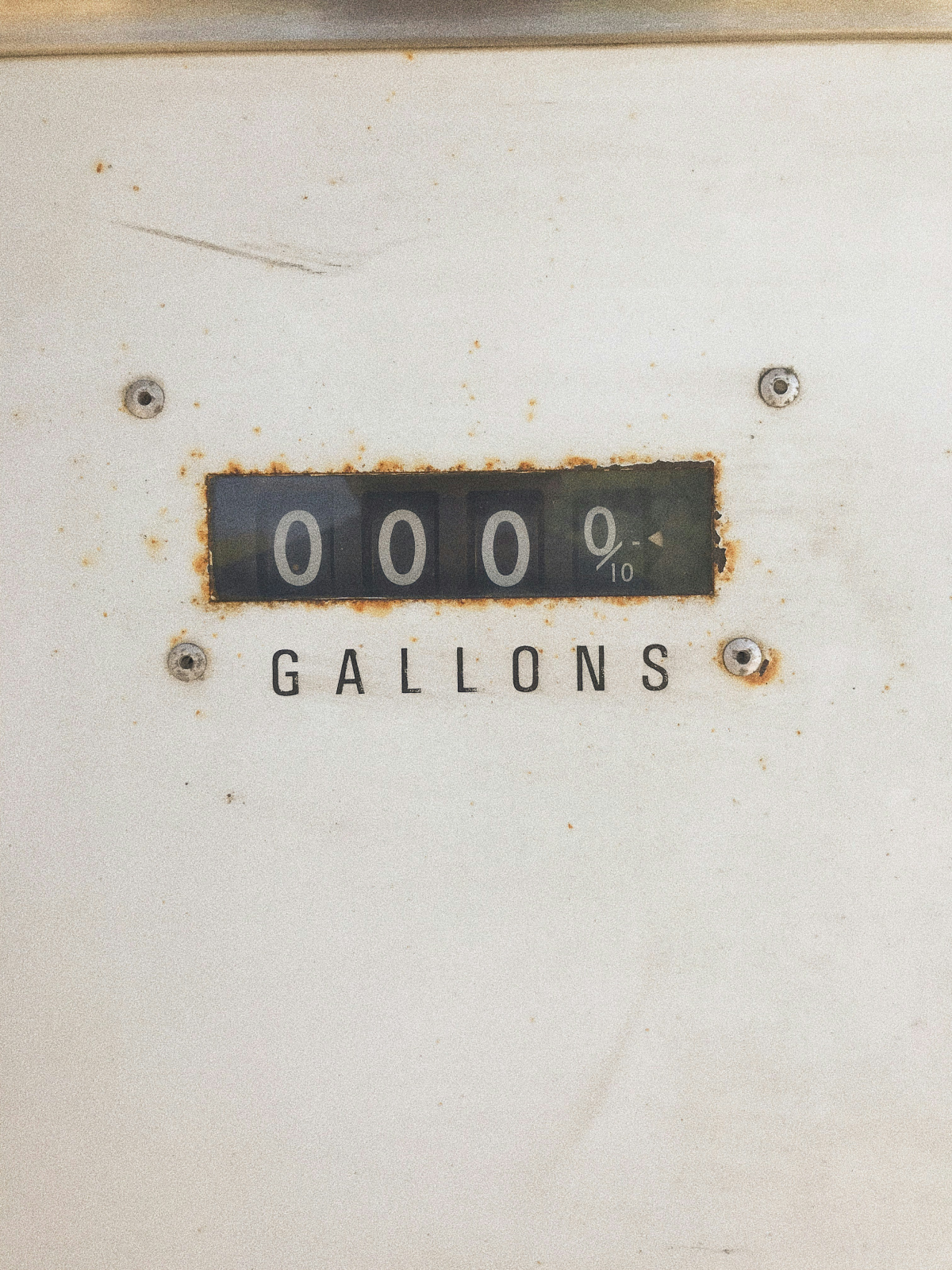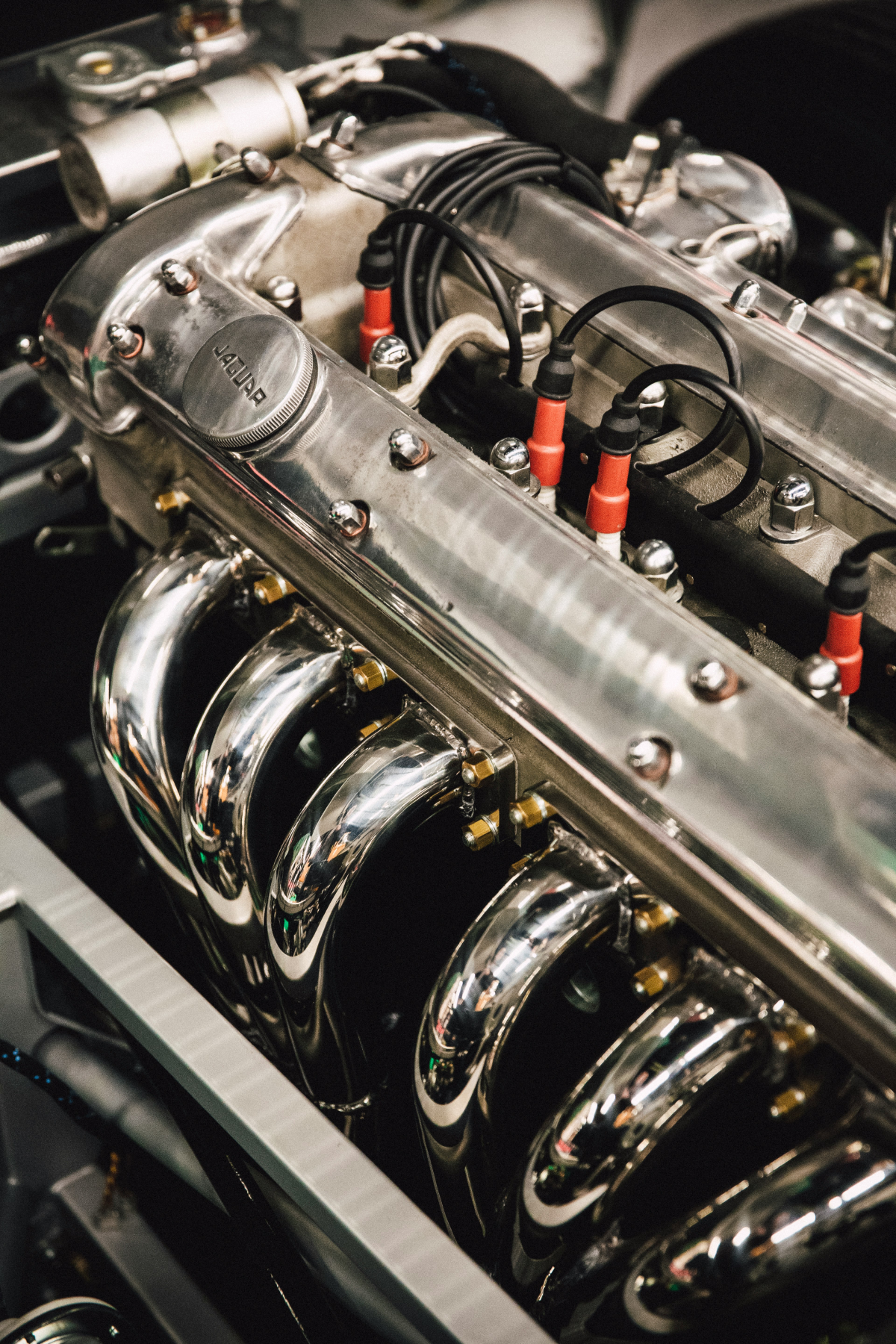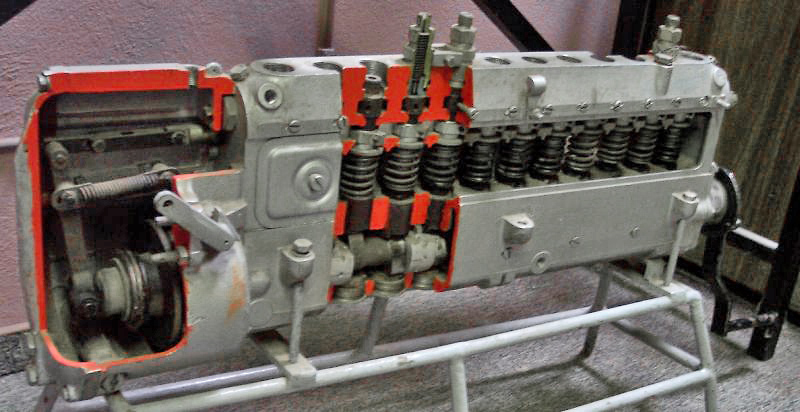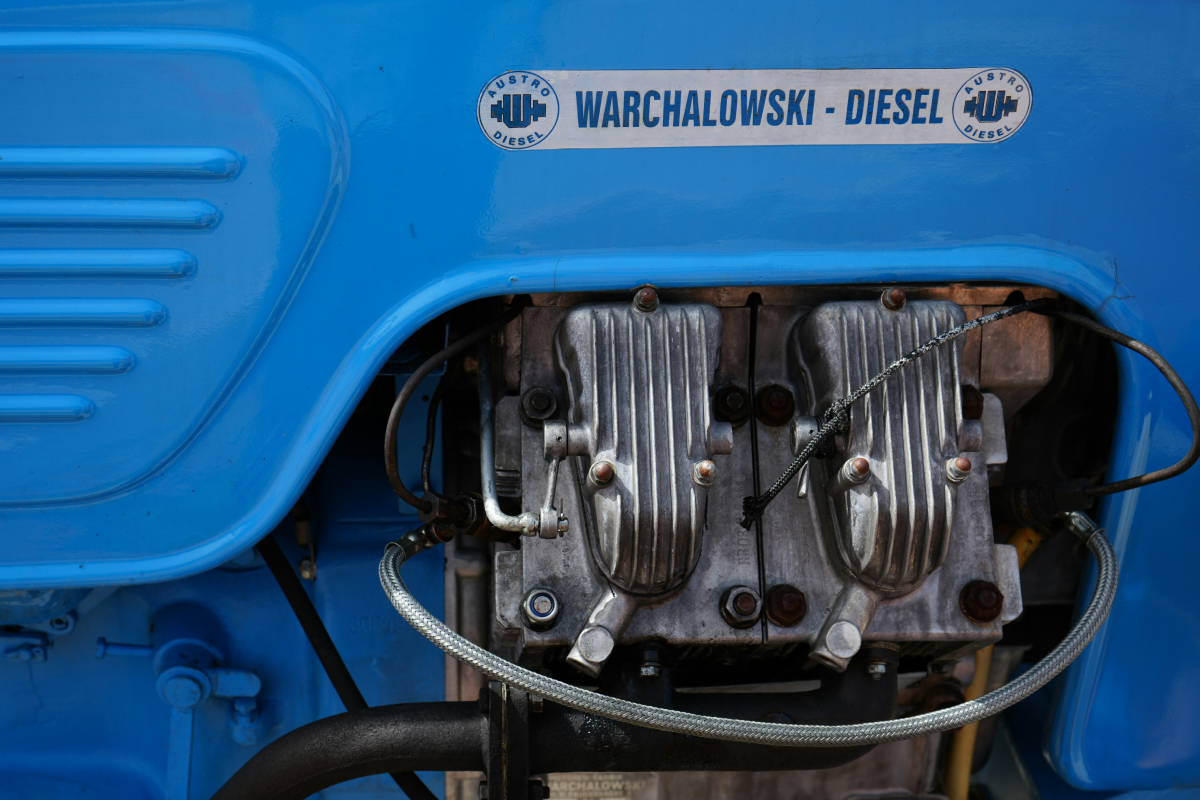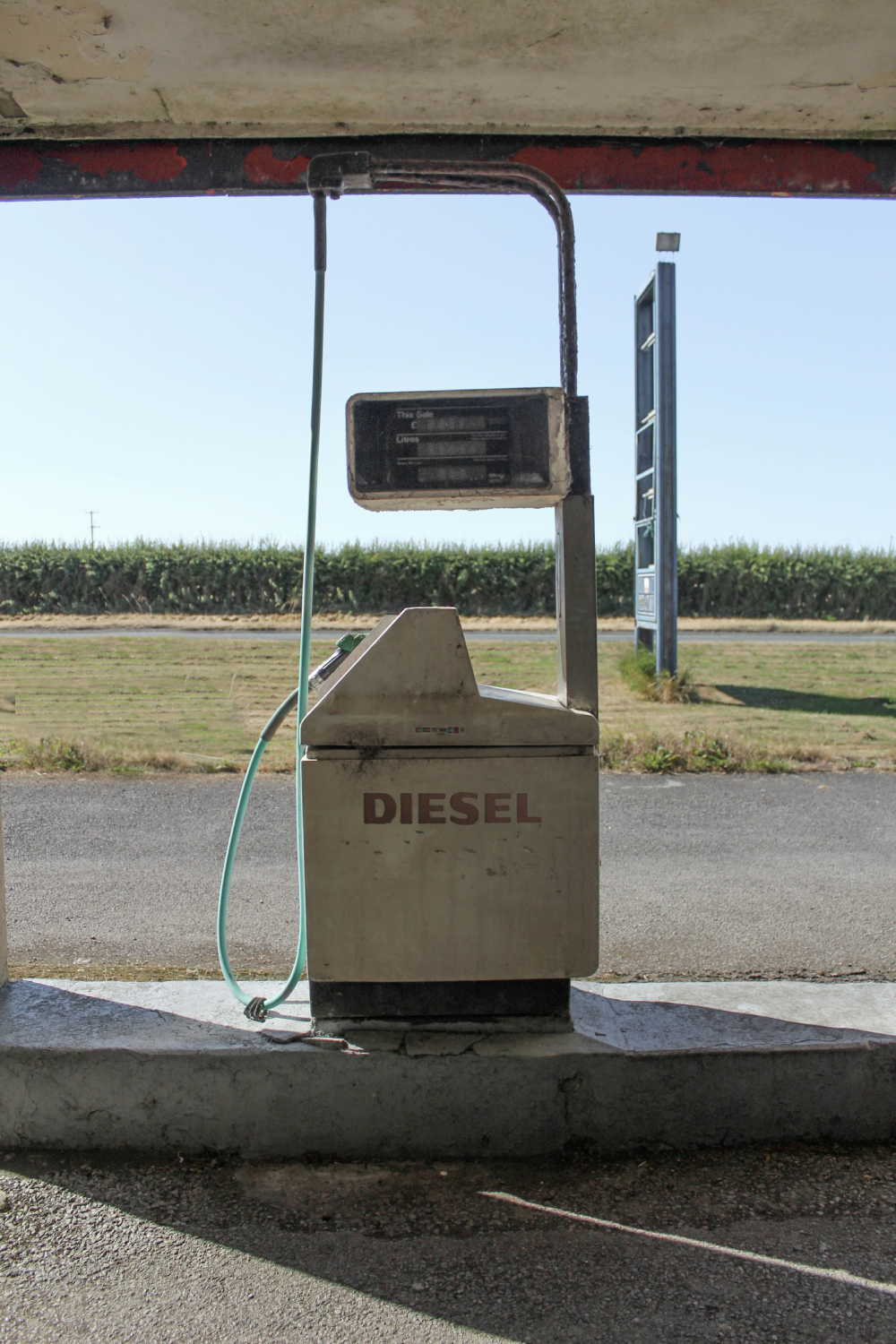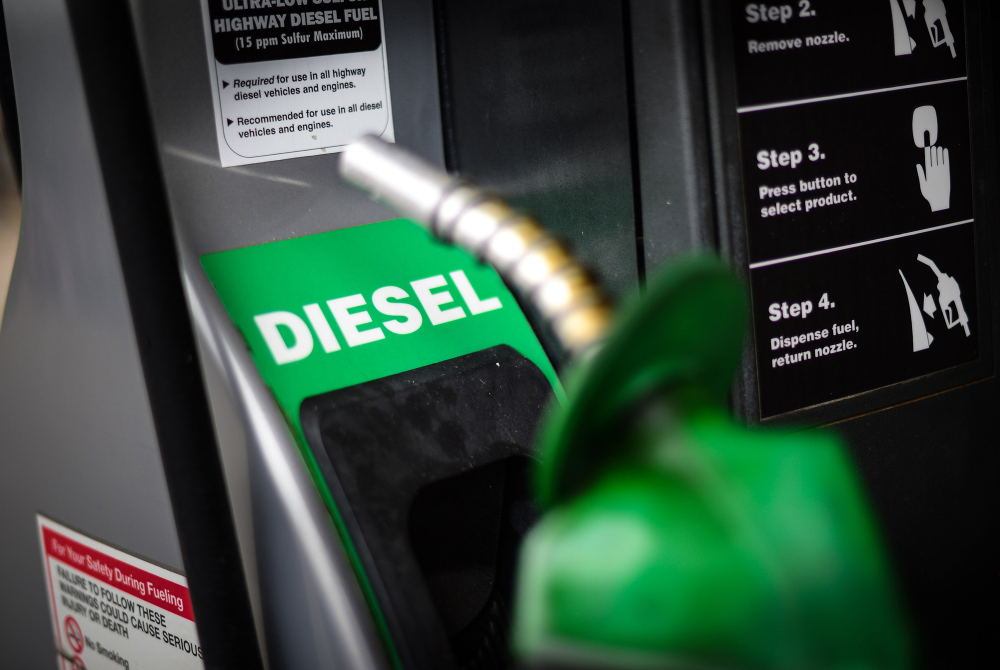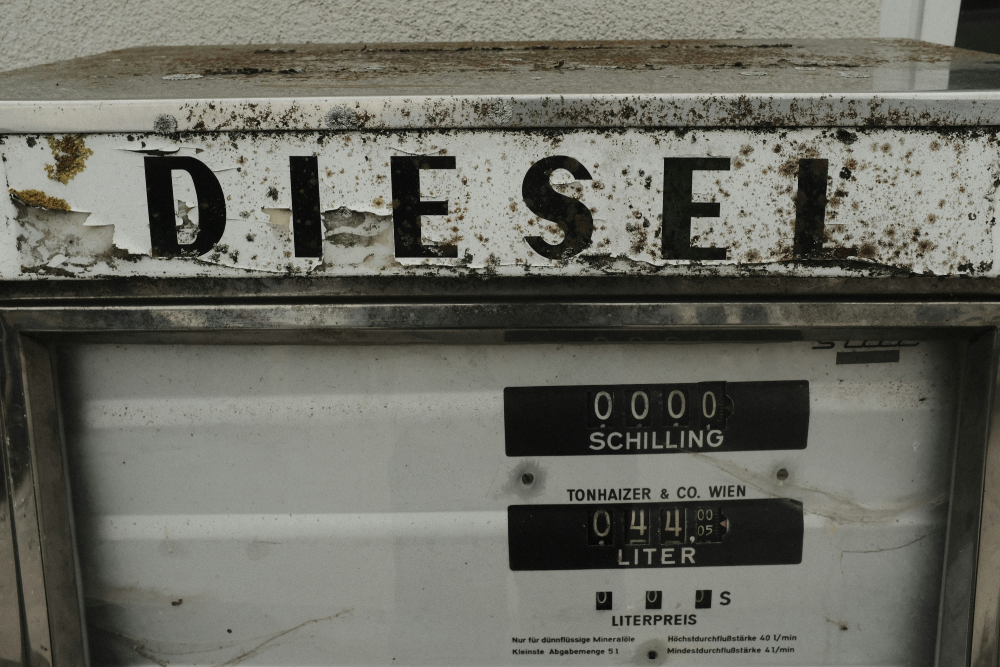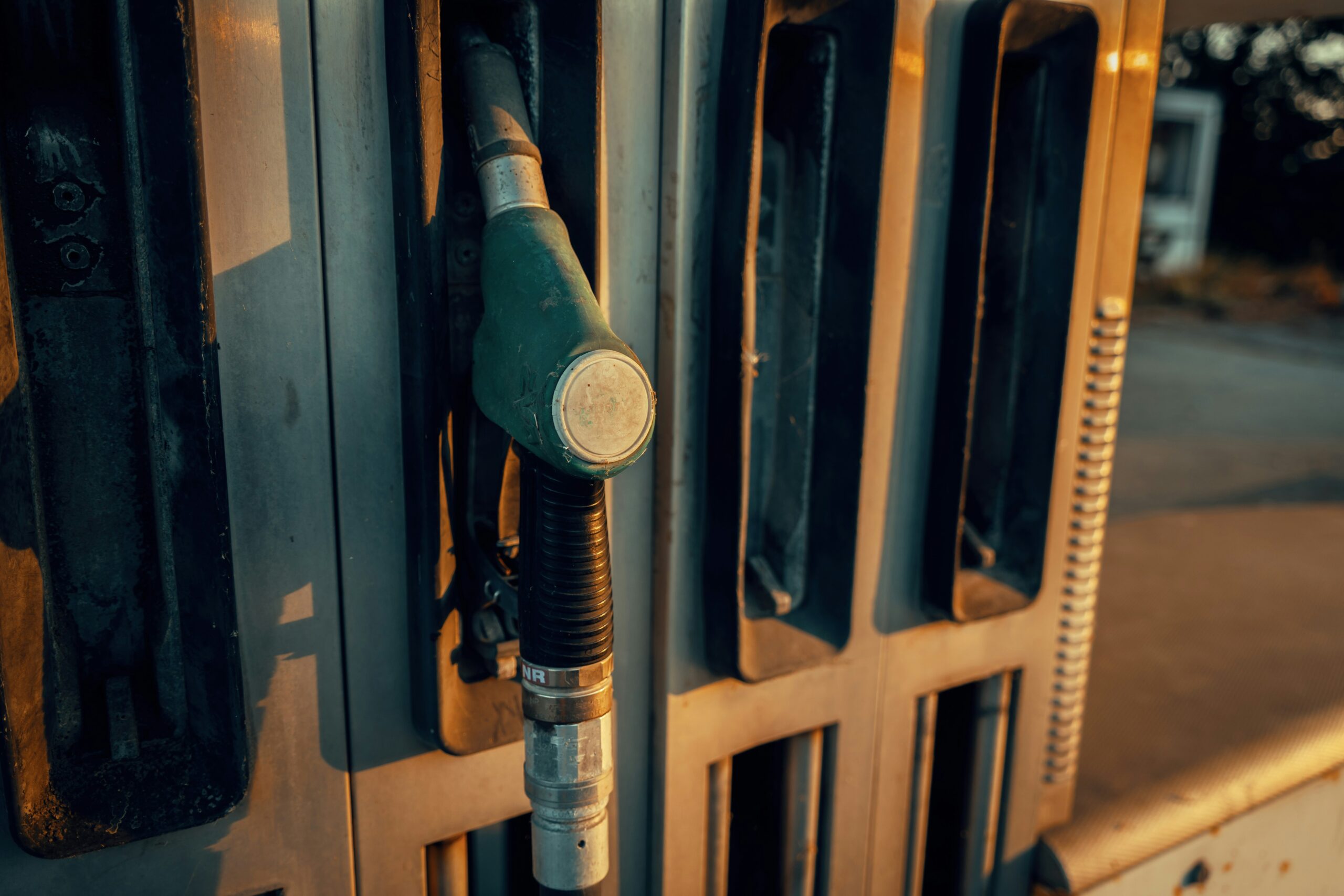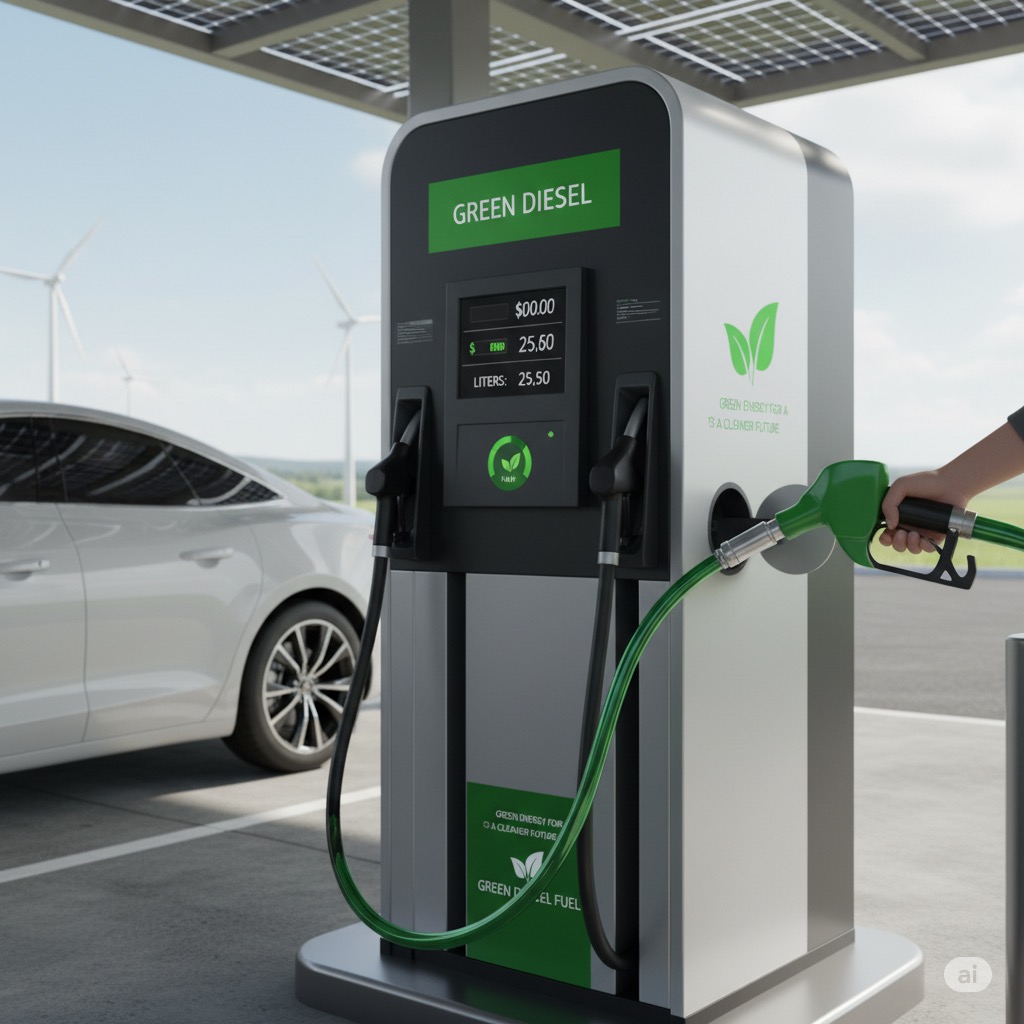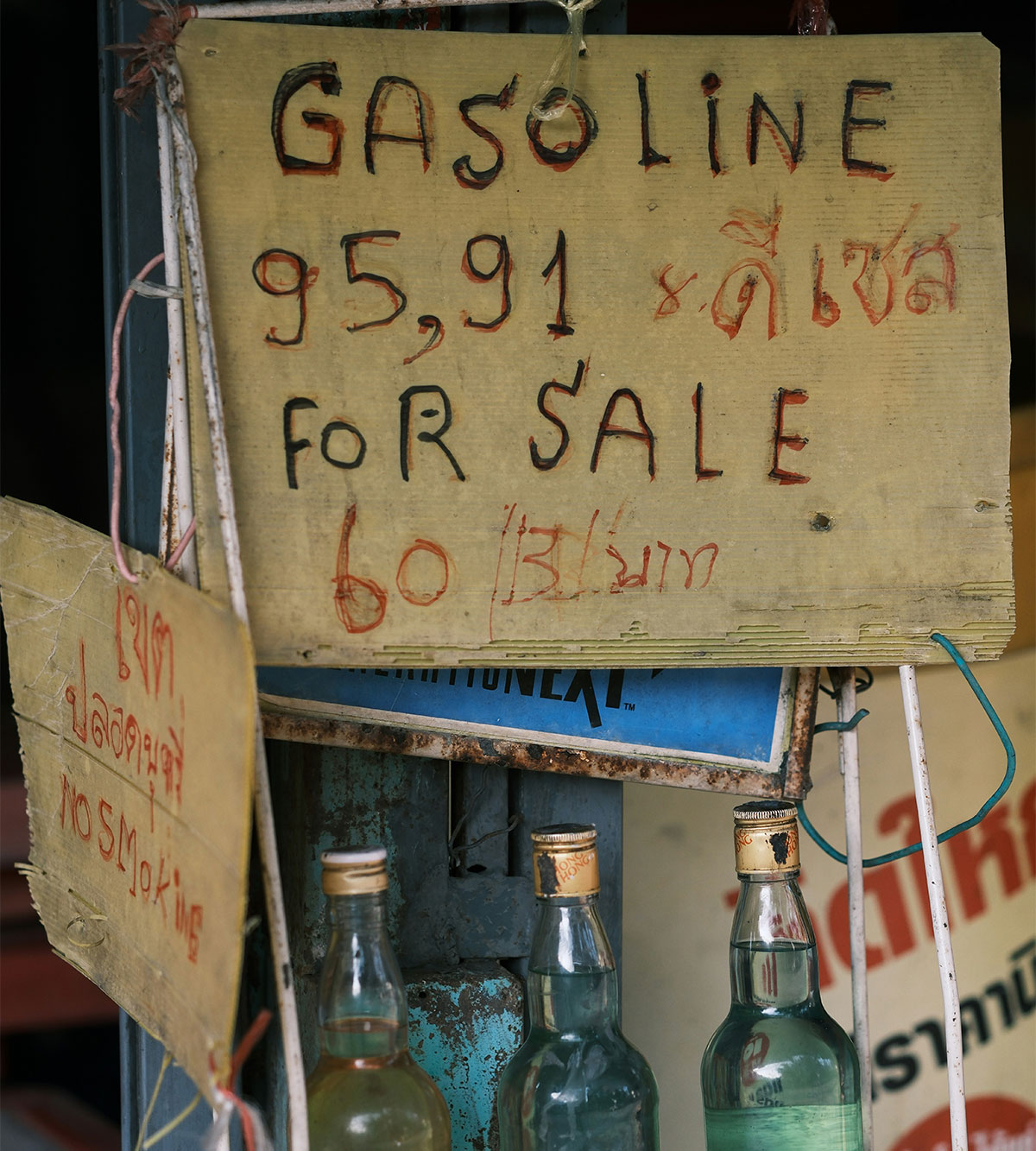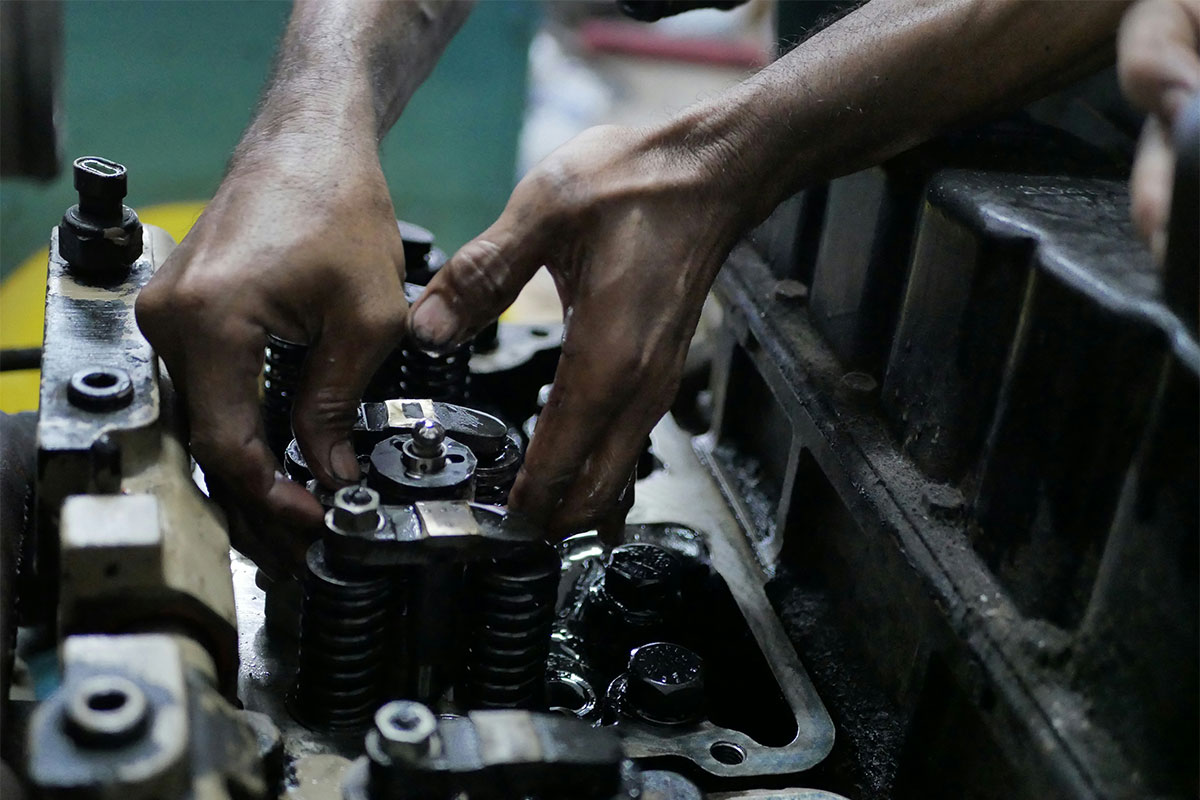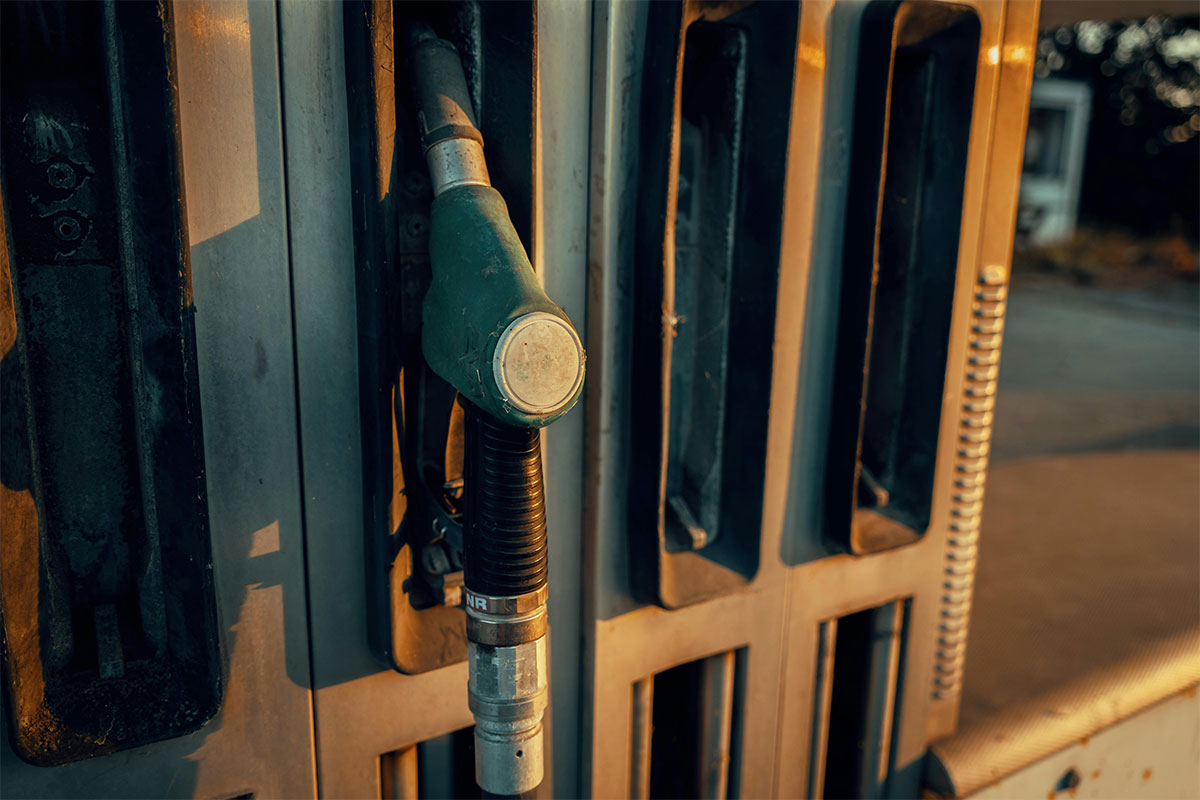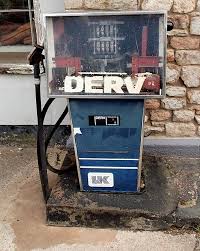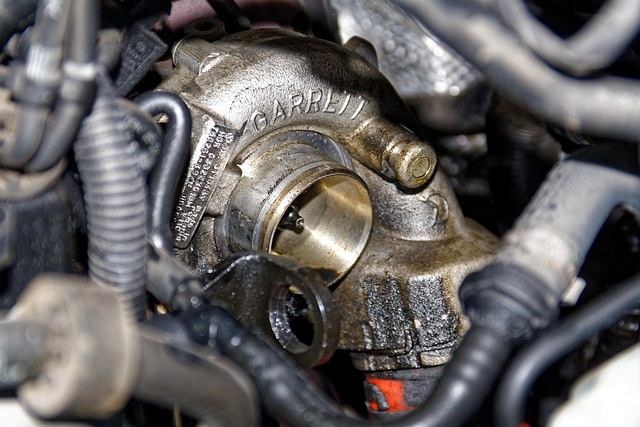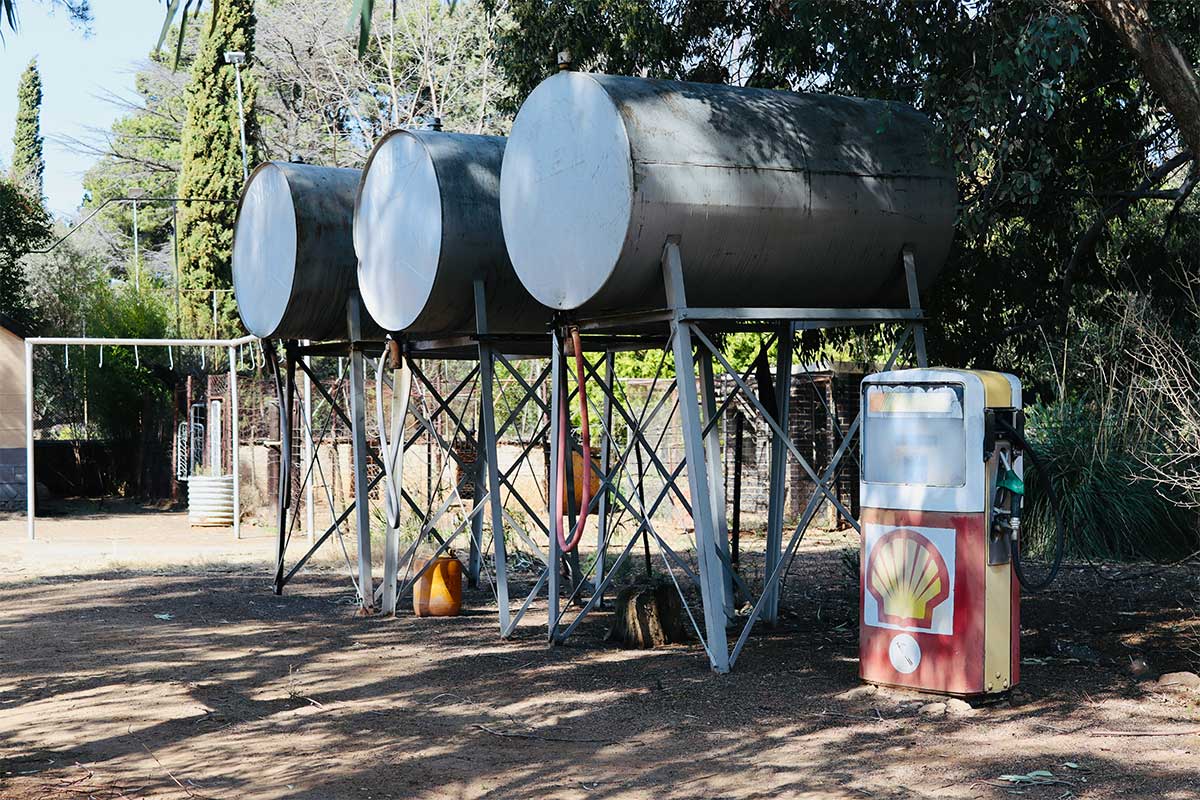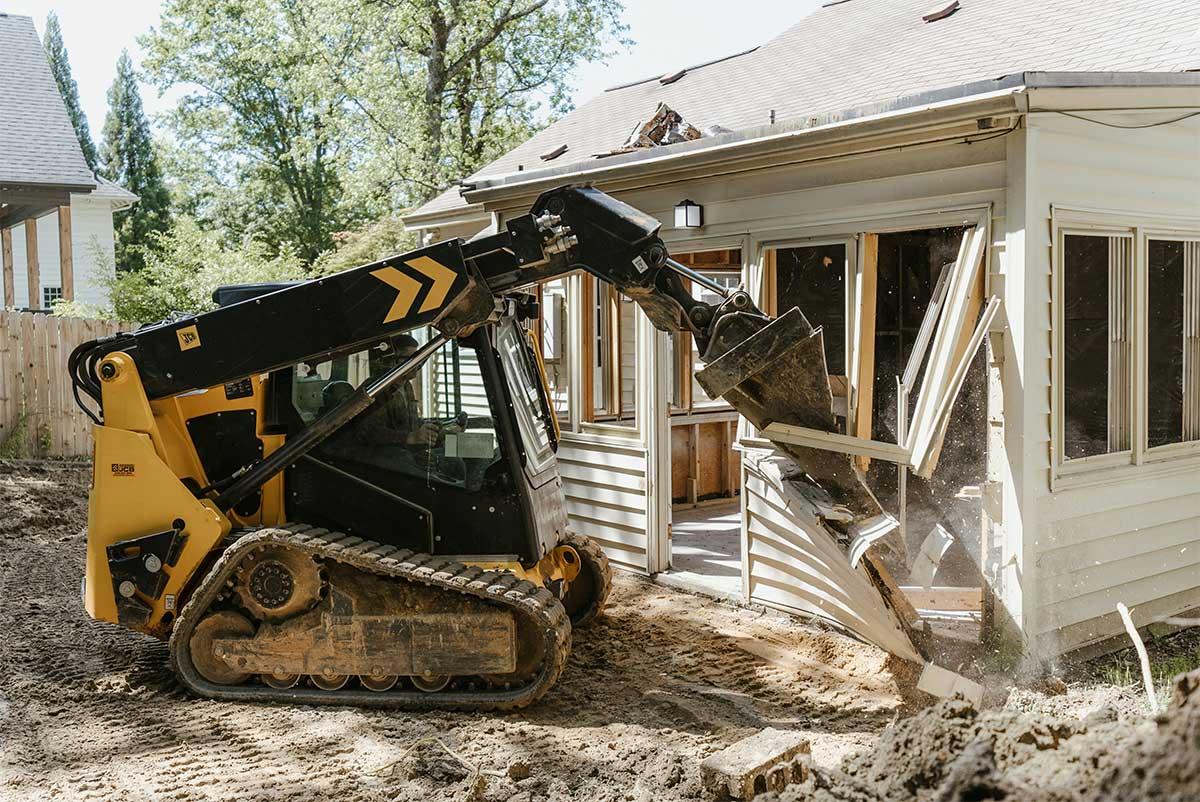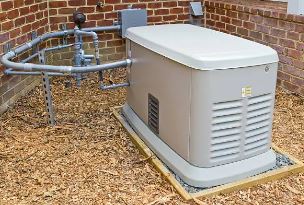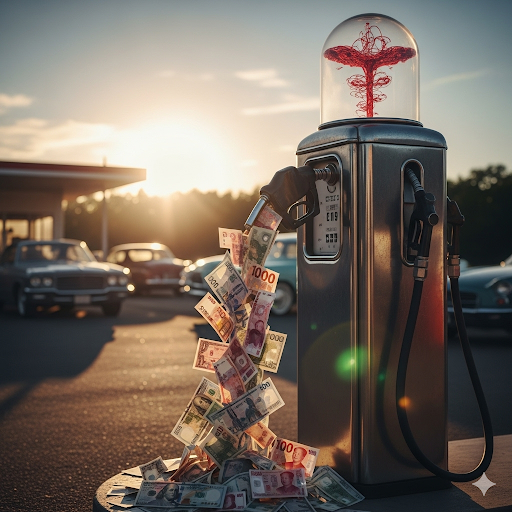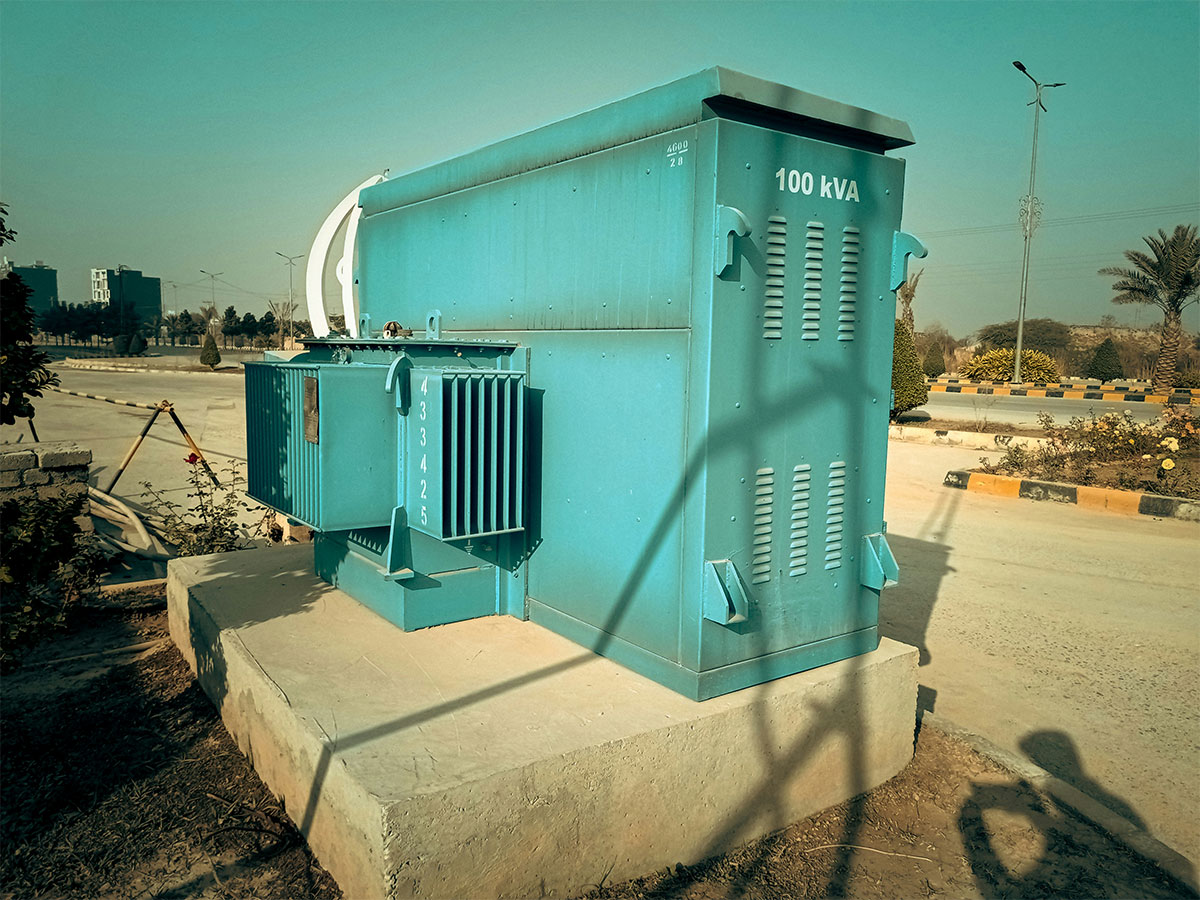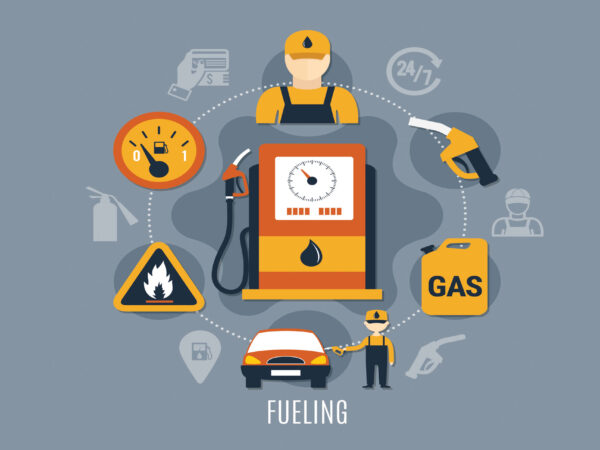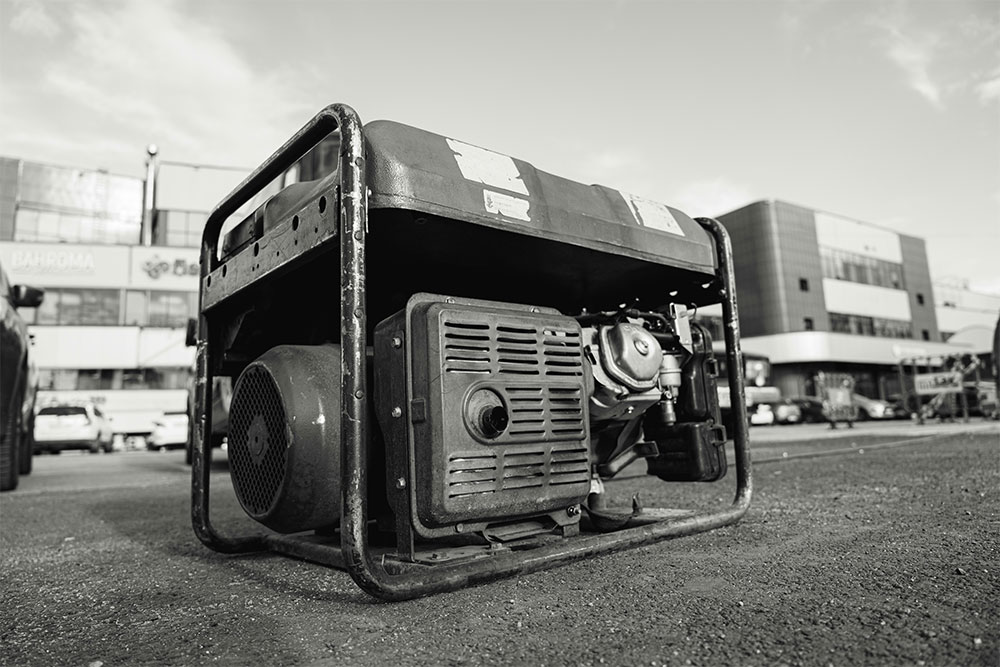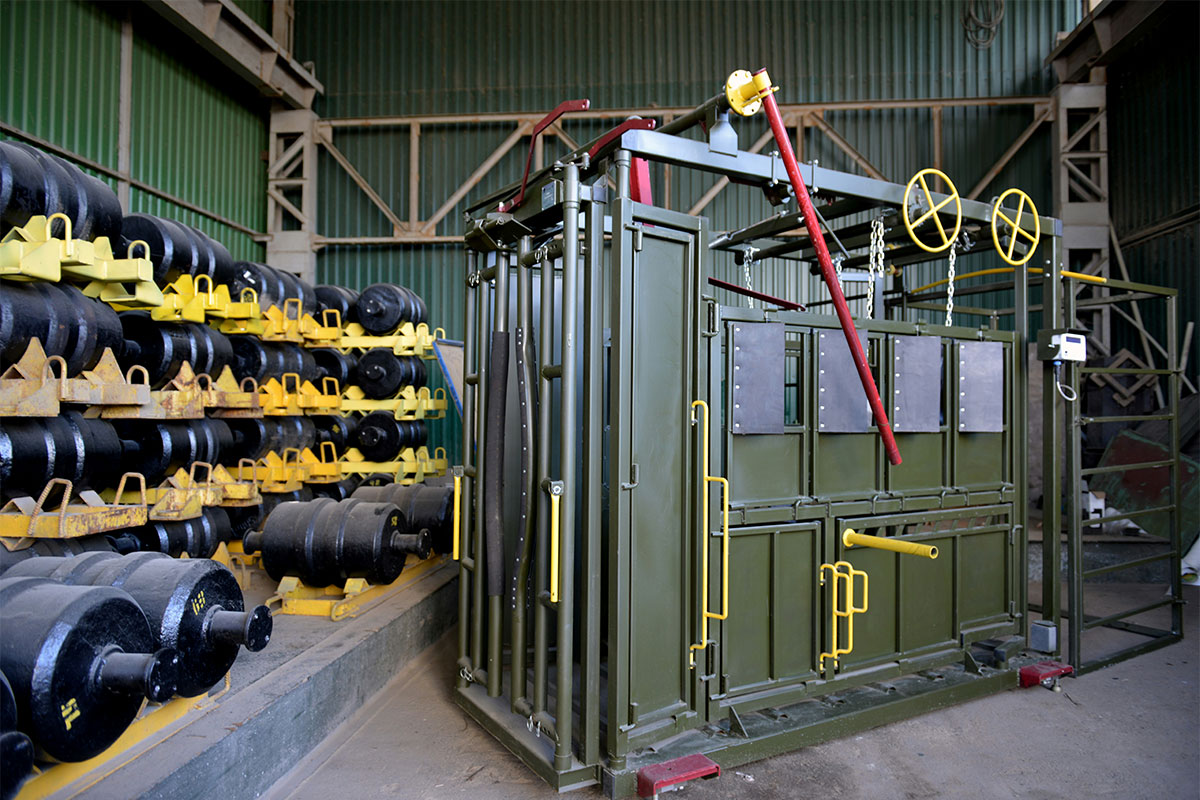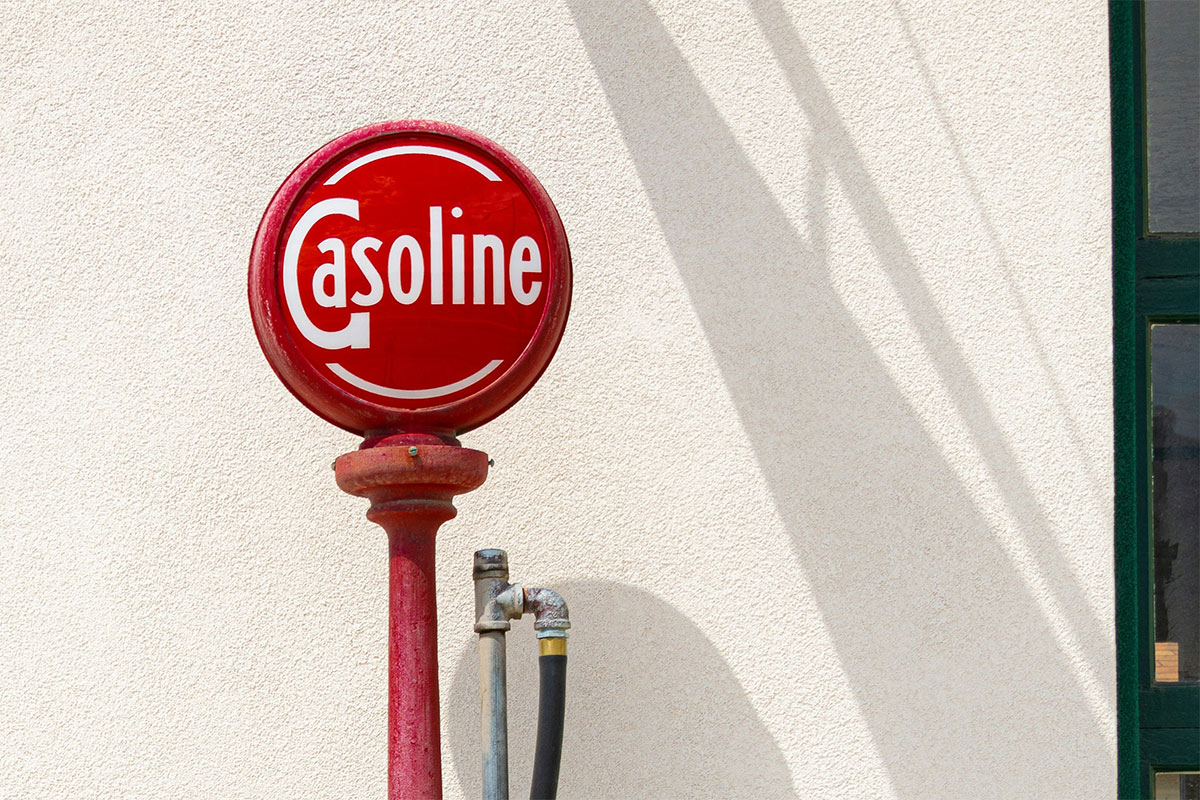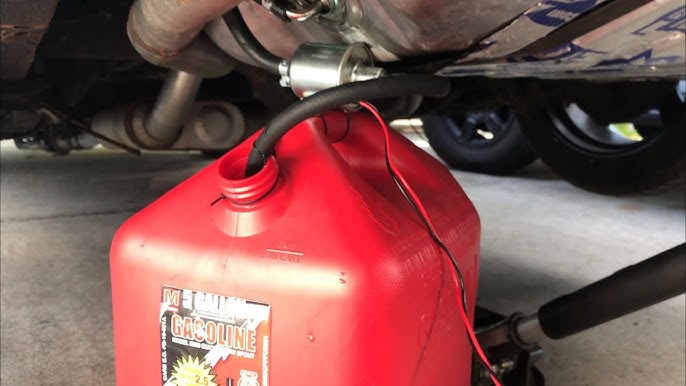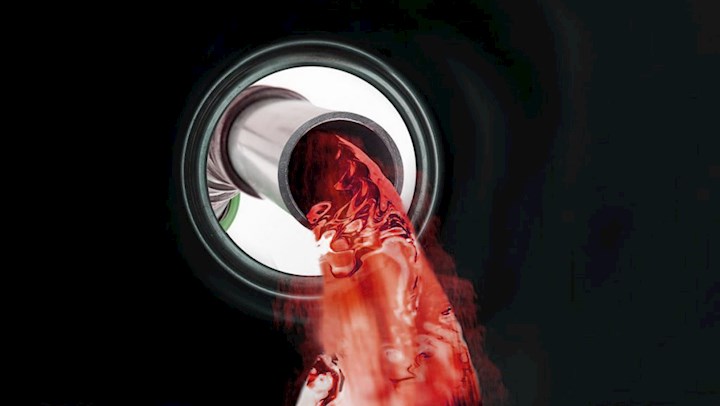Key Takeaways
- Hospital backup generators protect patients during any hospital power outage event.
- Generator configurations typically support 8-48 hours, based on fuel and load.
- Multiple emergency generators and resilient architecture reduce risk during grid instability or extreme weather.
- Proactive monitoring and expert partners extend generator life, reduce costs, and maintain compliance.
- Response protocols ensure hospital generators activate correctly, safeguarding critical patient care operations.
Table of Contents
How Long Do Hospital Generators Last?
Hospitals design hospital generators to sustain critical loads for many hours. Typical systems can run 8, 24, or 48 hours before refueling, while large campuses with bulk fuel and multiple units can operate for several days. Real performance depends on hospital backup power design, local code, and fuel logistics. Case studies from major storms show hospital backup generators supporting safe operations when fuel was available, while failures or flooding cut runtime drastically. Using a correctly sized hospital emergency generator with protected fuel storage, monitoring, and testing is the main factor to determine how long a hospital generator lasts in any specific facility.
Do Hospitals Have Backup Generators?
Most modern facilities answer “do hospitals have backup generators” with a clear yes! Codes such as NFPA 99 and NFPA 110 require reliable hospital emergency power systems for critical care. These rules make a backup generator for hospital operations essential, covering surgical suites, ICUs, diagnostics, and electronic records. When asking do hospitals have generators, remember that compliance includes fuel capacity, testing logs, transfer equipment, and redundancy. Well designed hospital backup generators protect life safety during grid instability and construction incidents. Facility managers should verify every hospital generator setup meets regulations.
Worried Your Hospital Generators Will Not Last Long Enough?
Extended blackouts, rising loads, and aging assets can quietly shrink your real runtime. We’ll help you verify actual run hours, fuel capacity, and load priorities so your emergency power system sustains critical care safely during any outage.
What Types Of Generators Do Hospitals Use?
In the table below, we have the types of generators used by hospitals and their notable features.
| Generator Type | Typical Application | Notes |
|---|---|---|
| Diesel hospital generator | Primary choice for critical loads and hospital backup power | Reliable, well understood technology supporting long runtimes with secure onsite fuel storage. |
| Natural gas power generator for hospital | Supplement or alternative to diesel | Connected to gas grid, but dependent on pipeline resilience during disasters. |
| Dual fuel hospital generators | Flexible fuel strategy | Switchable fuel supply significantly improves resilience for emergency generators for hospitals. |
| Battery and UPS systems | Bridge power for generator for medical equipment | Provide instant continuity until hospital backup generator or hospital emergency generator starts reliably. |
What Is A Hospital Emergency Generator?
A hospital emergency generator is a dedicated medical generator within regulated hospital emergency power systems that restores electricity to life critical loads within seconds of grid loss. Unlike general backup sets, it prioritizes circuits for operating theatres, ICUs, alarms, fire protection, and essential IT. Power flows through automatic transfer equipment that detects hospital power outages and starts the unit. Correctly sized hospital emergency generators ensure ventilators, monitors, pumps, and imaging can function safely even if every part of the hospital goes out of power. Reliable configurations prevent any single failure from endangering patients or critical processes. Facilities should treat each hospital generator as part of critical infrastructure and align testing with NFPA guidance and manufacturer documentation in order to remain compliant.
Need A Compliance-Ready Emergency Power & Maintenance Plan?
NFPA-driven testing, clean fuel, and structured maintenance are non-negotiable for hospital generators. Get a tailored maintenance and audit plan that keeps every unit code-compliant, documented, and ready to start within seconds when lives are on the line.
How Reliable Are Hospital Backup Power Systems During Outages?
Well designed hospital emergency power systems are highly reliable when properly maintained. Redundancy through multiple hospital generators, separate fuel tanks, and good capacity helps facilities endure long periods of power outage. Standards require critical loads to be restored quickly, and many hospitals achieve strong uptime during extreme events. However, aging hospital backup generators, poor fuel quality, flooding, or blocked vents can cause failures. Partnering with specialists to conduct regular audits on each hospital generator setup reduces risk. Facility managers can contact us for hospital grade generator maintenance audits, fuel services, and upgrade options aligned with safety and regulatory demands.
What Happens During A Hospital Power Outage?
During a power outage sensitive hospital equipment remains operational using Uninterruptible Power Supplies. Controls detect the voltage loss. Within seconds the emergency generator starts. Automatic transfer equipment shifts priority circuits from the utility grid to the hospital backup power. Life support operating rooms emergency lighting select elevators and critical IT receive power first based on pre-engineered load lists. Non-essential areas may lose power to save fuel and capacity. Multiple generators share loads to prevent overload. Continuous monitoring and rehearsed drills ensure a fast predictable response integrated with clinical teams. Every second is crucial.

How Many Backup Generators Does A Hospital Typically Have?
The number of backup generators in a hospital varies based on the bed count, services offered, and regulations. Large hospital campuses may have multiple generators separated by fire and flood zones with independent fuel systems. Smaller hospitals might use a single backup unit with stringent protections. Many designs employ tiered systems. Primary units power life safety needs. Additional generators cover clinical and support functions. Engineers determine the size and redundancy needed to ensure continuous power if one generator fails. Regular model reviews are vital for maintaining capacity as the hospital expands or new equipment is added.
What Is The Lifespan Of A Hospital Generator In Operating Hours Or Years?
A quality hospital generator provides 15000-30000 operating hours and 15 to 30 years of service with correct maintenance. Heavy use or poor care shortens its life. Sound design and a robust backup power strategy extend it. Standby units run only during tests and outages. Prime rated units serving continuous loads wear faster. Planners should schedule replacement when repairs escalate parts are unavailable or performance fails to meet modern emergency power standards. Documenting runtime and testing history helps determine the realistic lifespan for each site.
Is It Time To Upgrade Or Replace Your Hospital Generator Fleet?
Frequent alarms, hard starts, rising fuel use, and outdated controls signal end-of-life risk. Our specialists can review age, hours, failures, and costs to plan smart overhauls or replacements before an outage forces your hand.
What Factors Affect How Long A Generator Can Last?
Several factors decide how long do hospital generators last. A clean stable fuel supply prevents injector wear threatening hospital backup generators. Climate dust and corrosive environments stress cooling enclosures and controls. Correct sizing avoids chronic overloading or very light loading both harmful to a hospital generator. Frequent cycling during unreliable grid periods increases operating hours quickly. Industrial grade generators for hospitals with robust components and monitoring outlast consumer units. Compliance testing exposes weaknesses early. These conditions shape expectations for how long do hospital backup generators last and guide investment in protective measures. Facility engineers should review each hospital emergency generator environment and duty profile when planning lifecycle budgets and resilience strategies.
How Does Maintenance Impact Generator Lifespan?
Maintenance greatly affects how long hospital generators last. Regular oil and filter changes coolant checks and battery tests ensure hospital generators are ready for sudden power needs. Monthly and annual testing under load confirms each hospital backup generator and transfer device can handle actual hospital circuits. Fuel polishing and inspections stop contamination that could disable a hospital emergency generator during a crisis. Documented preventive work reduces failures extends component life and protects warranties. Facilities that skip tests risk higher downtime for hospital backup power. Partnering with trusted service providers maximizes availability for every generator for hospital asset.
What Are The Signs A Hospital Generator May Be Near The End Of Its Life?
A hospital generator is failing if it starts hard, shuts down unexpectedly, smokes, leaks, or overheats. Unstable output, like voltage dips affecting medical equipment, or repeated fault alarms are serious warnings. Increased fuel or oil consumption and vibration suggest worn components. Sourcing parts for older generators increases downtime risk. Performance trend analysis of test records can predict failure. Managers should schedule diagnostics and consider replacing the backup generator to ensure safe emergency power. Waiting for failure during a power outage endangers patients and compliance.
How To Extend The Lifespan Of A Hospital Generator?
To ensure the reliable operation of your hospital emergency power systems:
- Implement Structured Maintenance: Adhere to NFPA guidelines and manufacturer schedules for rigorous preventive maintenance on every hospital generator.
- Ensure Fuel Quality: Maintain clean fuel for hospital backup generators through consistent testing, filtration, and fuel rotation.
- Optimize Load Management: Balance electrical loads to keep hospital generators operating within recommended ranges, preventing chronic overloading or extended light loading.
- Utilize Performance Monitoring: Employ monitoring systems on each hospital backup generator and hospital emergency generator to track real-time performance and alarm status.
- Protect Equipment: Safeguard all equipment from environmental threats like flooding, debris, and excessive heat.
- For comprehensive lifecycle planning, independent audits, and compliant upgrades across your generator for hospital assets, partner with specialized experts.
When Should A Hospital Replace Or Overhaul A Generator?
Replacement or overhaul decisions for a hospital generator should consider age, hours, failure trends, and repair costs versus new technology. When a unit nears expected lifespan, struggles to meet load, or cannot satisfy updated hospital emergency power systems standards, a full evaluation is needed and maybe even a complete overhaul. If you notice rising fuel consumption and frequent outages linked to hospital backup generators, you should also suspect degradation, consider inspections and also an overhaul. Overhauls can extend life if core components remain sound. If upgrades to controls, emissions, and safety approach new equipment cost, hospitals should plan to retire the hospital backup generator on a schedule, not during a hospital power outage.
What Is Emergency Power And Why Is It Critical In Hospitals?
Emergency power is essential for safe healthcare planning in hospitals. It includes backup power systems emergency generator units uninterruptible power supplies and distribution. This infrastructure feeds vital loads when the main grid fails. It supports critical functions such as lighting ventilators patient monitors imaging equipment laboratories communications and security. Regulations demand robust emergency power because outages immediately endanger patients. High priority circuits must start within seconds. Reliable hospital generators ensure continuous safe care while utilities recover or during evacuation. Investing in resilient generators and governance protects lives reputation and compliance. Reliability is mandatory everywhere.
If You Lose Power In Your Facility While In Operation What Should You Do?
If a power outage occurs during facility operation follow a clear protocol. First confirm staff and patient safety. Then verify that the UPS and hospital backup power systems are working. Ensure the emergency generator has started and that critical circuits are active. Communicate immediately with clinical leaders and use manual procedures as needed. Technical teams must check the fuel ventilation alarms and logs for all generators. Notify utilities and leadership about the outage. Document every step of the response. Regular drills improve response time and reduce risk. Partnering with experts ensures your emergency power procedures are coordinated fast and compliant.


